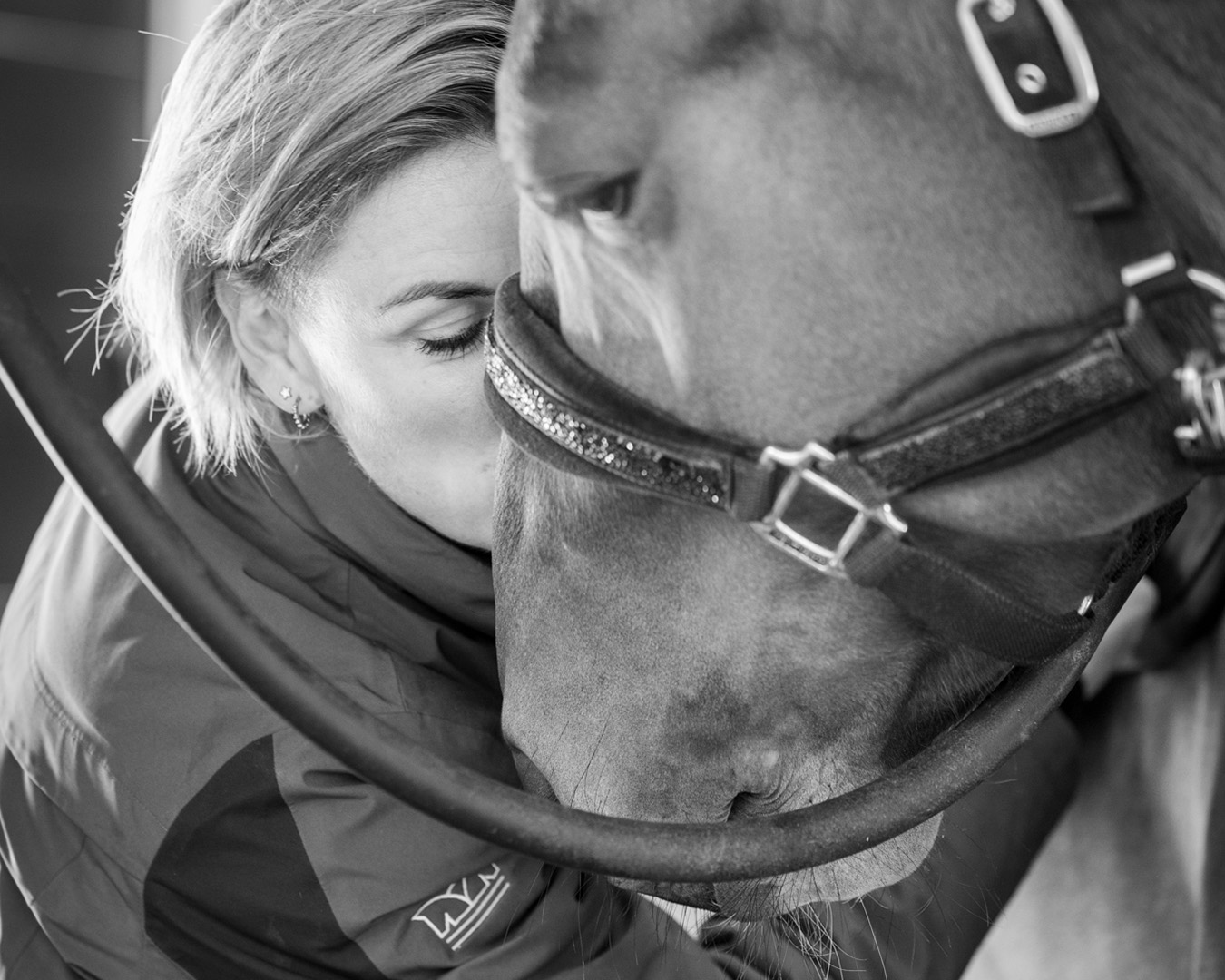
Having worked as a saddle fitter for over a decade, my perspective on saddle fitting has evolved and simplified significantly. It’s important to note that each saddle fitter has their own method and viewpoint; what I present here is my approach. Feel free to disagree, but maybe just give it a try (and get some amazing results a long the way).
Three points of saddle fitting
To me, the three main points of saddle fitting are:
Clearance
Tree width (points)
Balance
While length and tree shape are also important, we could play a bit with those if all other points mentioned are spot on.
Clearance refers to the space around the spinal processes, from the withers to the back, ensuring that the spinal processes, ligaments, and other structures are free of pressure. In front, around the withers, it’s more difficult due to the long spinal processes. Only horizontal structures (bones, muscles) can be loaded without restricting too much. Achieving this requires the correct angle of the pommel (front of the tree). With a more open head and long enough tree point length set at the perfect width, the front is covered. The horse will be able to lift its wither and that is step 1!
Tree width plays a crucial role in obtaining enough clearance, but it’s not the only factor. The gullet should also provide sufficient space between the panels, which goes hand in hand with plenty of room in the twist. The positioning of the panels in the front of the saddle affects clearance as well. This is why we recommend working with saddles that have ‘easy-to-drop’ panels. Not only to enable fitters to get to the (bare) tree points to check the tree and exact width, but this also creates possibilities to play around with the position of the panels in terms of height if technical specs of the saddle allow this.
Balance is another critical aspect. If the balance is too far forward, it can restrict the horse’s movement, due to the excessive load in the front part of the back and behind the shoulders. If the balance tilts backward, this can cause the horse to extend its back, hindering its proper use. Correcting this imbalance should not be attempted by simply widening the saddle’s tree width. Instead, we begin by setting the tree to the width required for facilitating wither lift even when this means we have to narrow the tree width down.
Change flock or treeshape
Achieving the necessary balance may involve adjustments like flocking, inserts, or even choosing a different tree shape.
When making flock adjustments, it’s advisable to test with small pieces of foam (4-5mm thickness) between the tree and the panel to assess the effect on balance and the horse’s movement. This way you can avoid the risk of needing to take the flock back out again. We all know that struggle…
If adjustments as shims or flocking fail to produce the desired results, switching to a saddle with a different tree shape may be necessary. There are two important points to keep in mind when deciding on the right tree shape:
While there are many factors that can influence saddle fit, focusing on the above mentioned key points can often resolve most issues. Not to discard the importance of correct saddle length, correct angle of the rails, position of the girthstraps or any other part of the saddle that’s of influence. But if all reasonably suitable, have your main focus on getting the key points stated above 100% and you will get amazing results.
Stay informed of the latest developments